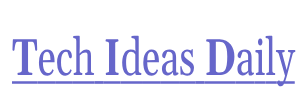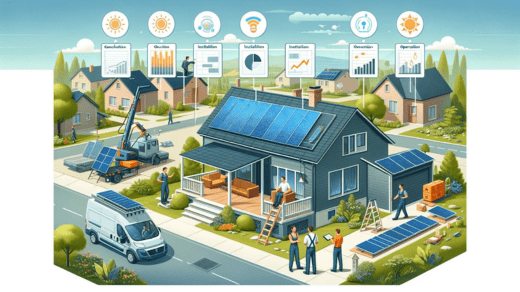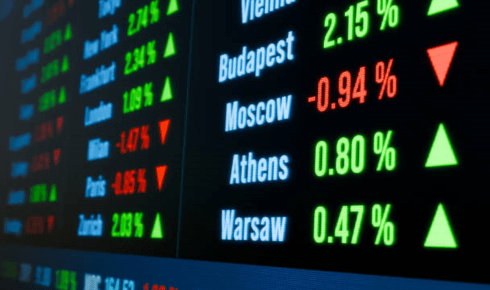In today’s workforce, workplace monitoring has become critical; however, no one desires to be scrutinized like they are under a Big Brother gaze. Tools like the Controlio app allow employers to use data-driven analytics to improve trust and productivity. Having been a part of monitored systems and having led teams, I know quite well how surveillance can serve as a source of motivation or disconnection. While the global big data market was valued at $349.40 billion in 2023, it is not what data you collect that makes it count; it is how you utilize it that does. So, how can we implement monitored work systems that promote collaboration without tipping over to invasive surveillance?
Why Monitoring is Important
Monitoring isn’t about being a spy; rather, it’s about gaining metrics that can make work more effective and efficient. For example, the Controlio app, a type of work monitor tool, tracks task completion and time spent on various tasks. In managing teams, this helps track where shortcomings relate to inefficiencies. I still remember my first office job, where our team had a customer support ticket system akin to a gym membership check-in system. It registered the time and task queried and, as a result, showed us where we were losing time. We figured out that we were getting stuck on repetitive answer questions and developed a collective database, enabling response time to be slashed by 50%.
Apart from improving productivity, activity monitoring also enhances security. Companies that deal with sensitive information like client files need to mitigate risks such as unauthorized access. A file transfer that seems harmless at first could indicate a more sinister breach attempt by a user in the system. As one of my colleagues puts it, “If it isn’t flagged, one way or another, it will definitely breach.” Strategic monitoring balances the needs of various stakeholders and ensures that operations are conducted seamlessly.
The Risk of Going too Far
If employees feel like their privacy is being infringed upon, productivity will nosedive. I saw a company that almost ground to a halt because every single keystroke was being tracked. That excessive reach destroys trust and inflates expectations. Employees go beyond reasonable, and instead of checking governance frameworks, there isn’t any motivation to stay engaged.
There is also the risk posed by collecting too much data. Without clear objectives for each click, you might find yourself surrounded by futile noise. In a 2023 study, 68% of employees expressed distrust toward monitoring systems that lack transparency. Build your system by focusing on what matters and not on hyperactive surveillance.
Be Open and Establish Trust
Being transparent removes suspicions and unnecessary monitoring. Explain what you wish to monitor and how it helps the team. When my current employer began using the Controlio app, its functionality was outlined during a team meeting. The explanation made me feel like a partner, not a suspect.
Let team members ask questions on how the data will be shared and used, whether it was balancing workloads, monitoring for security issues, or anything else. When employees understand that monitoring will assist them in their work, productivity improves.
Prioritize Results Over Micromanaging
True to the phrase ‘what gets measured gets improved,’ effective monitoring focuses on accomplishing set goals. Measuring satisfaction from clients or completed tasks trumps tracking time spent on tasks. In a freelance project I worked on, our client used a tool to track deliverables, not mouse movements. It kept us focused on quality, and we delivered ahead of schedule.
Tools like the Controlio app, a work monitor software, can improve tracking and monitoring completion of significant tasks, attaining set goals, and overall task efficiency. Supervisors can guide employees toward achieving set goals. Autonomy is maintained while supervisors enable employees to focus on doing their jobs excellently.
Safeguard Privacy to Keep Workplace Morale High
Privacy is a fundamental issue and dealbreaker. Overstepping boundaries, like tracking non-work applications or after-hours activities, is inappropriate. I’ve heard stories of companies that once monitored workplace video conferencing systems, which led to capturing an employee’s personal video call during their break. Trust was shattered. Show that you respect your team’s boundaries by setting ground rules, such as only monitoring work hours and activities.
Encourage feedback related to the monitored process. My team had concerns regarding the new tool, and when they explained their concerns to the manager, she changed the focus to just project data. That one change won over a lot of the skeptics and proved that listening builds loyalty.
Empower Your Team through Data
Your team’s monitoring should empower them, not weigh them down. Use data to celebrate milestones like deadlines and offer support in the form of proper training for those struggling. In my previous roles, managers would often use monitoring insights to give shout-outs during meetings, which boosted our confidence. It showed the system was there to help, not judge.
Data can guide strategic decisions too, such as optimizing or cutting down on certain tasks. When done right, monitoring becomes a productivity tool and helps foster a positive and productive culture in the workplace.
Final Note: Monitor with Heart
Monitoring employees can drive productivity and security, but it depends on how it’s done. You can sidestep the Big Brother stereotype by being open, respecting privacy, focusing on results, and using the Controlio app to give your team control. It’s about building an organization where success stems from data, not distrust. How do you find the right mix of monitoring and trust with your employees? Please share your thoughts—I’m curious to learn your methods!



